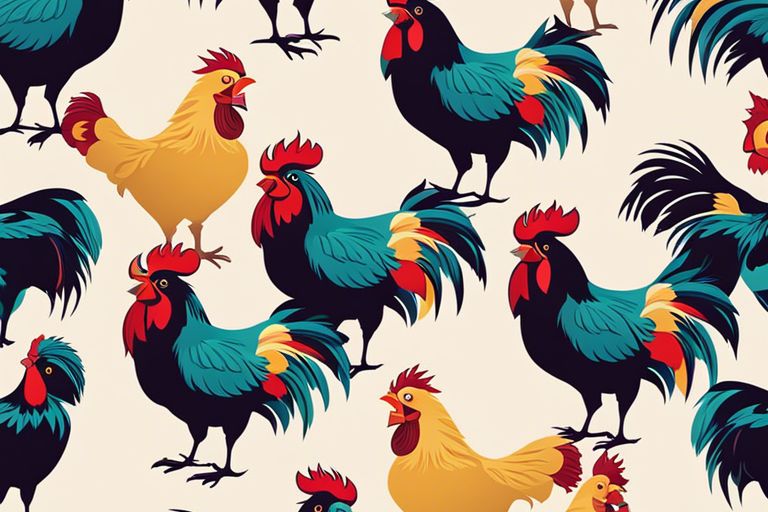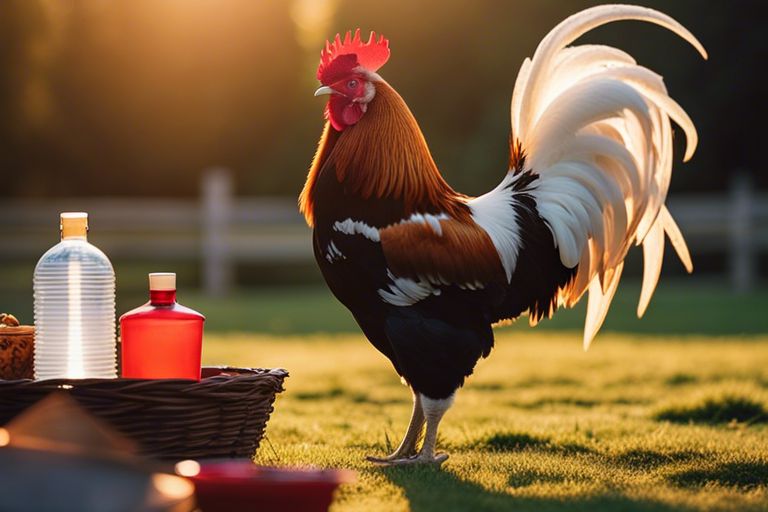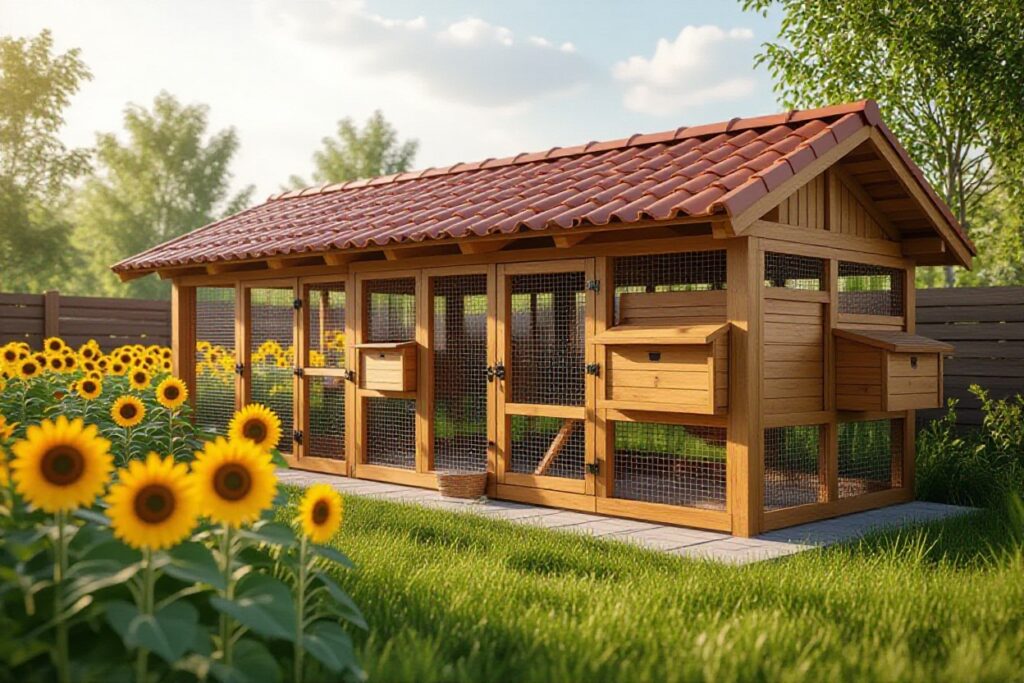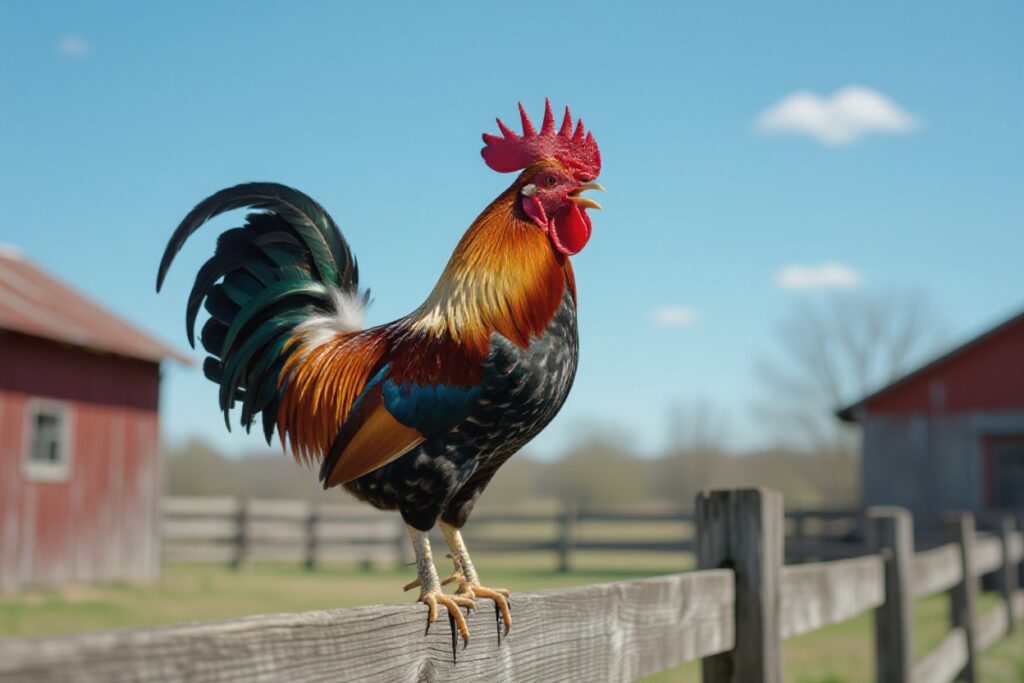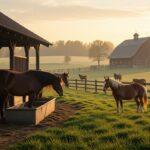You may have noticed that roosters aren’t exactly quiet animals. Their vocalizations can range from loud crowing to soft clucking, and each sound can have its own meaning. Understanding these different calls and sounds can provide valuable insights into a rooster’s behavior and mood.

Anatomy of a Rooster’s Call
Physical Mechanisms Behind Vocalizations
Behind every crow or cluck from a rooster lies a complex system of physical mechanisms. The primary components involved in a rooster’s vocalizations are the syrinx and the trachea. These structures work together to modulate airflow and create sound, giving the rooster its distinctive call.
The Role of Environment in Sound Production
One of the key factors influencing a rooster’s vocalizations is its environment. The acoustic properties of the surroundings can affect the way sound waves travel and are perceived by the listener. Factors such as the size and shape of the space, the presence of obstacles, and ambient noise levels can all impact how the rooster’s call is heard.
Understanding how a rooster’s call is produced and how the environment can influence its sound can provide valuable insights into the behavior and communication of these fascinating birds. By studying these factors, researchers can gain a deeper understanding of the intricate vocalizations of roosters and the role they play in their social interactions.
Common Rooster Calls and Their Meanings
The Crow: A Rooster’s Signature Call
Any rooster owner will recognize the iconic sound of a rooster crowing at the break of dawn. This signature call serves multiple purposes for the rooster, including establishing its territory, signaling the start of the day, and asserting dominance within the flock.
Alarm Calls: Detecting and Communicating Threats
The alarm calls of a rooster are crucial for detecting and communicating potential threats to the flock. Roosters have distinct alarm calls for different types of danger, whether it be a predator on the ground or a threat from the sky. These calls not only alert the hens but also warn other roosters in the area.
Meanings of these alarm calls can vary based on the intensity and frequency of the call. A series of rapid, high-pitched calls may indicate a close threat, while a slower, lower call could signify a potential danger in the distance.
Social Interactions: Establishing Hierarchy and Courtship
Social interactions among roosters are complex and play a vital role in establishing hierarchy within the flock. From elaborate courtship rituals to displays of dominance, roosters use a variety of calls to communicate their intentions and maintain order within the group.
Roosters have specific calls for attracting mates, asserting dominance, and resolving conflicts within the flock. These social interactions are crucial for maintaining a harmonious hierarchy and successful breeding within the group.
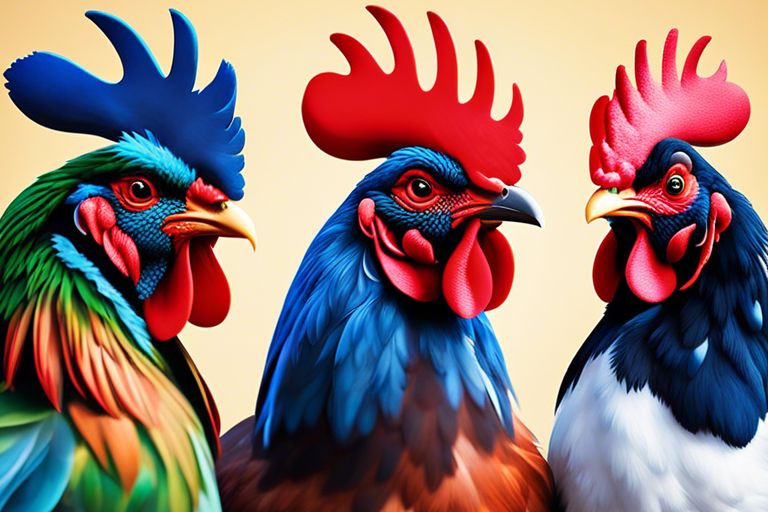
Behavioral Context of Vocalizations
Vocalizations During Feeding
Vocalizations made by roosters during feeding play a crucial role in communication within the flock. As the dominant rooster sources food and calls to alert the others, the subordinate roosters respond with softer clucks as a sign of acknowledgment. This vocal exchange helps maintain order and hierarchy within the group during mealtimes.
Rooster Calls as a Means of Territorial Defense
On the other hand, rooster calls also serve as a means of territorial defense. When a rooster perceives a threat to his flock or territory, he will emit powerful, aggressive calls to assert his dominance and ward off intruders. These calls not only display the rooster’s strength but also act as a warning to potential predators or rival roosters.
This behavior is deeply rooted in the rooster’s natural instincts to protect his flock and assert his dominance within the pecking order. By using vocalizations as a means of territorial defense, roosters can communicate their strength and willingness to defend their home and fellow chickens against any potential threats.
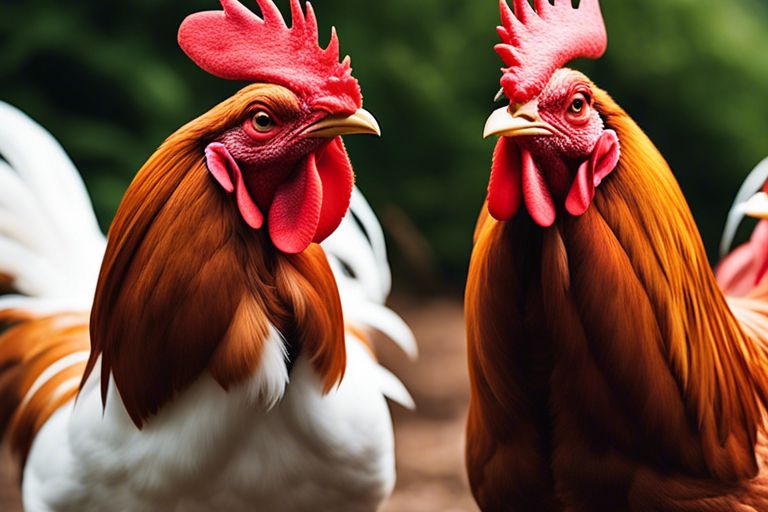
Interpreting Rooster Sounds in Human Care
Decoding Calls for Better Flock Management
The vocalizations of roosters can provide valuable insight into their well-being and the dynamics within a flock. By learning to decipher these sounds, poultry keepers can anticipate and address potential issues before they escalate. Understanding the different calls for food, danger, mating, and territorial disputes can help in managing the flock more effectively.
Impact of Human Interaction on Rooster Vocal Behavior
Human interaction plays a significant role in shaping the vocal behavior of roosters. Roosters in a calm and stress-free environment are more likely to exhibit natural and balanced vocalizations. Conversely, aggressive handling or disturbances can lead to increased vocalizations, indicating discomfort or distress in the rooster. It is vital for caregivers to be mindful of their interactions with roosters to maintain a harmonious environment.
Understanding the impact of human interaction on rooster vocal behavior is crucial in promoting the well-being of poultry. By creating a positive and nurturing environment, poultry keepers can help roosters feel safe and secure, leading to more natural and appropriate vocalizations.
Conclusion
Now that we have explored the various calls and sounds of roosters, it is evident that these vocalizations play a crucial role in communication within the flock. Understanding the differences between calls such as the crow, the cackle, and the alarm call can provide valuable insights into a rooster’s behavior and well-being. By interpreting these sounds, we can better care for our feathered friends and ensure they lead happy and healthy lives.
FAQ
Q: What are the different types of vocalizations roosters make?
A: Roosters make several types of vocalizations, including crowing, clucking, cackling, and tidbitting sounds.
Q: Why do roosters crow?
A: Roosters crow to establish their territory, communicate with other chickens, and announce the beginning and ending of the day.
Q: What does it mean when a rooster crows at night?
A: A rooster crowing at night could be triggered by artificial lighting, stress, illness, or simply confusion about the time of day.
Q: How can you tell if a rooster is distressed based on its vocalizations?
A: Distressed roosters may emit high-pitched or continuous calls, often accompanied by pacing, fluffing of feathers, or aggressive behavior towards other chickens.
Q: What does the clucking sound of a rooster indicate?
A: Roosters cluck to communicate with hens, express contentment, or warn of potential danger such as predators approaching.
Q: What is tidbitting in roosters and why do they do it?
A: Tidbitting is a vocalization made by roosters to attract hens by offering them food or treats as part of courtship and mating behavior.
Q: How can a rooster’s vocalizations help in understanding the flock dynamics?
A: By listening to a rooster’s calls and sounds, one can gauge the mood of the flock, identify potential threats, and understand the social hierarchy within the group.
